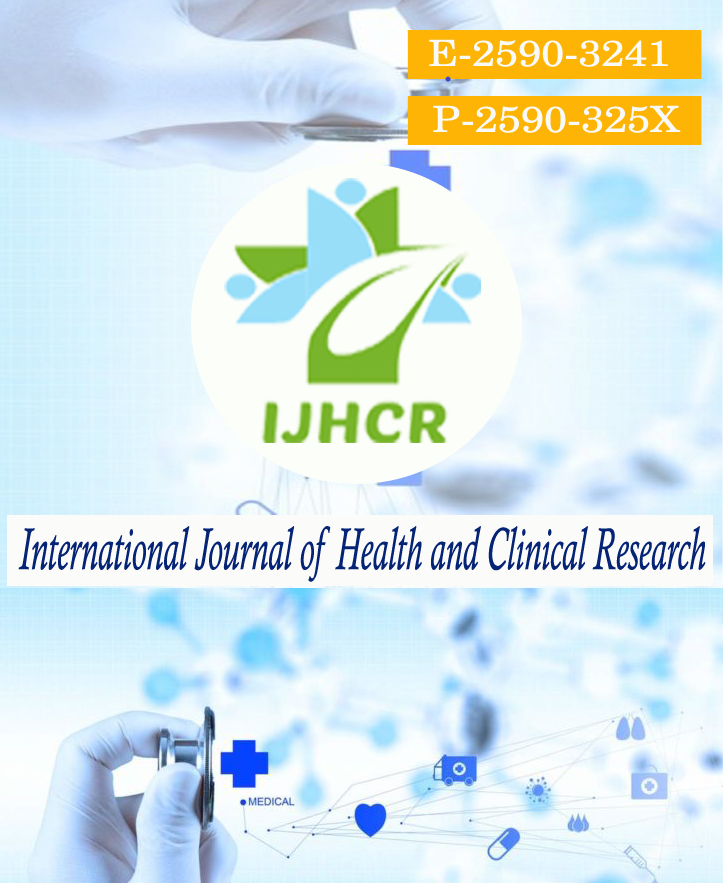Clinico-bacteriological profile of trophic ulcers in leprosy patients: A report from a tertiary care center in Bihar
Keywords:
Clinico-bacteriological profile, trophic ulcers, leprosyAbstract
Abstract: The relative lack of information about the most common aerobic and anaerobic bacteria infecting a trophic ulcer in leprosy in India has prompted us to undertake this study. This study aimed to find the bacterial pathogen (if any) in aerobic and anaerobic isolates from trophic ulcers of leprosy to demonstrate the drug sensitivity of the aerobic isolate(s) so as to start a suitable antibiotic therapy. Materials and methods: This was a cross-sectional study done over a period of 6 months that is from March 2021 to August 2021, with a sample size of 38 patients. Patients attending the Out Patient Department of Department of Dermatology of Patna Medical College & Hospital, Patna. Prior ethical clearance was obtained from the Institutional Ethics Committee. The ulcer was cleaned with normal saline, slough was removed and the samples were collected from the deeper part of the ulcer with sterile bacterial loop. For aerobic culture, the material was transported in a sterile test tube, and for anaerobic culture, the material was put in Stuart's transport medium. Results: Among total 38 samples obtained, aerobic growth was seen in 86.8% of samples while 36.8% were culture-positive for anaerobic isolates. In samples of 7 patients, no growth was seen, this comprised 18.4% of total sample population. Among the sample where growth was observed, the most common organism in aerobic isolates was Staphylococcus aureus (45.2%), followed by Pseudomonas aeruginosa (25.8%), Proteus mirabilis (16.1%), Escherischia coli (12.9%),Klebsiella (9.1%), Providencia sp (2.9%), Streptococcus haemolyticus (2.1%) and Morgenellamorgani (1.4%). Mixed growth was noted in 12.2% of cases [Figure 1]. Among the culture positive 14 (36.8%) patients for anaerobic isolates, Peptococcus was the most common single isolate (17.2%), followed by Peptostreptococcus (8.8%) and bacteroides (6.8%), whereas mixed growth was seen in 4% cases. Conclusion: Secondary bacterial infection is quite common in leprosy trophic ulcers. Early treatment will ensure maximum limb salvage and prevent further complications, thus improving the quality of life of the patient.
Downloads
Published
How to Cite
Issue
Section
License
Copyright (c) 2021 Gopal Prasad, Shobhana Jha, Anupama Singh

This work is licensed under a Creative Commons Attribution 4.0 International License.






 All articles published in International Journal of Health and Clinical Research are licensed under a
All articles published in International Journal of Health and Clinical Research are licensed under a 